The Roles We Play
by Sabba Khan
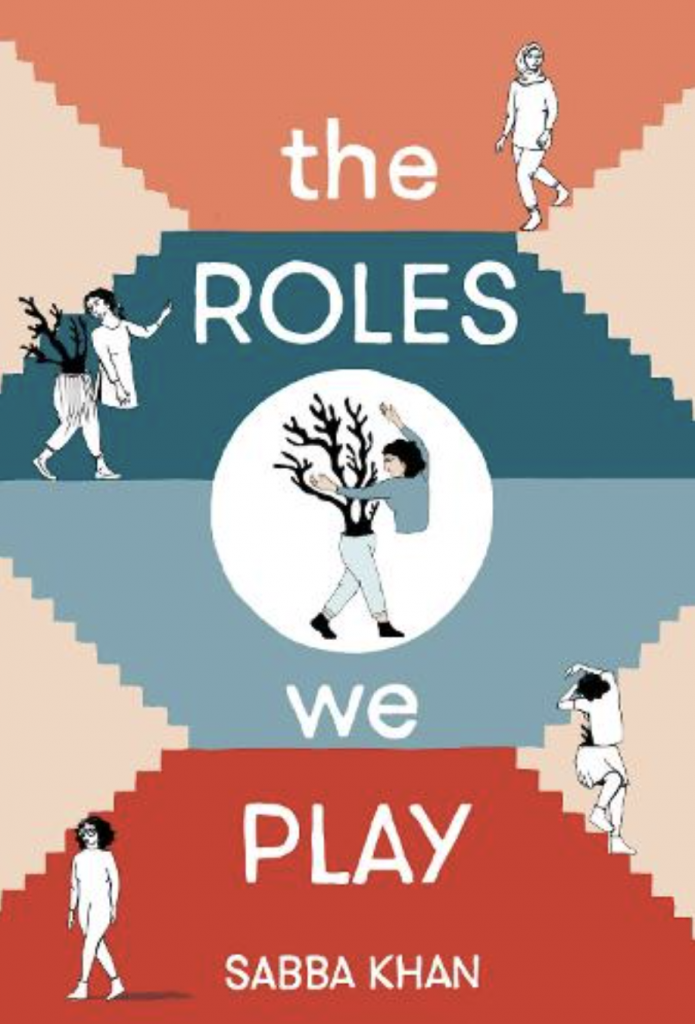
“From the foothills of the Himalayas in the Kashmiri valleys to bustling Green Street in East London, Sabba Khan researches her identity from the global to the local, covering partition, displacement, and assimilation with humour and courage.”
This was my first time reading a graphic novel and it was wonderful. Learning about India’s partition was really interesting and having it drawn out engaged me more than if it had been paragraphs upon paragraph of dense historical text. The British came and colonised India by creating friction between the Hindu, Sikh and Muslim groups that had coexisted before then with the aim to divide and conquer. After WW2, in typical fashion the British gave an old white man called Sir Cyril Radcliff, who had never even visited India, five weeks to haphazardly split up the country before Independence was granted. This is how India was split into India, Pakistan, Bangladesh, and the much contested Kashmir. I liked how Sabba presented partition on a macro level but also then zoomed in and showed how it effected her own family on a micro level. I learned why the majority of Pakistani people living in the UK are Kashmiri. I gasped as I saw a whole family displaced from their now flooded home, a home that was needlessly destroyed because of the sins of the British . Sabba also showed how the legacy of partition played out within her own childhood, friendships under strain due to Muslim vs Hindu tension, in retrospect she wishes that they focussed more on the things they shared rather than the things that divided them.
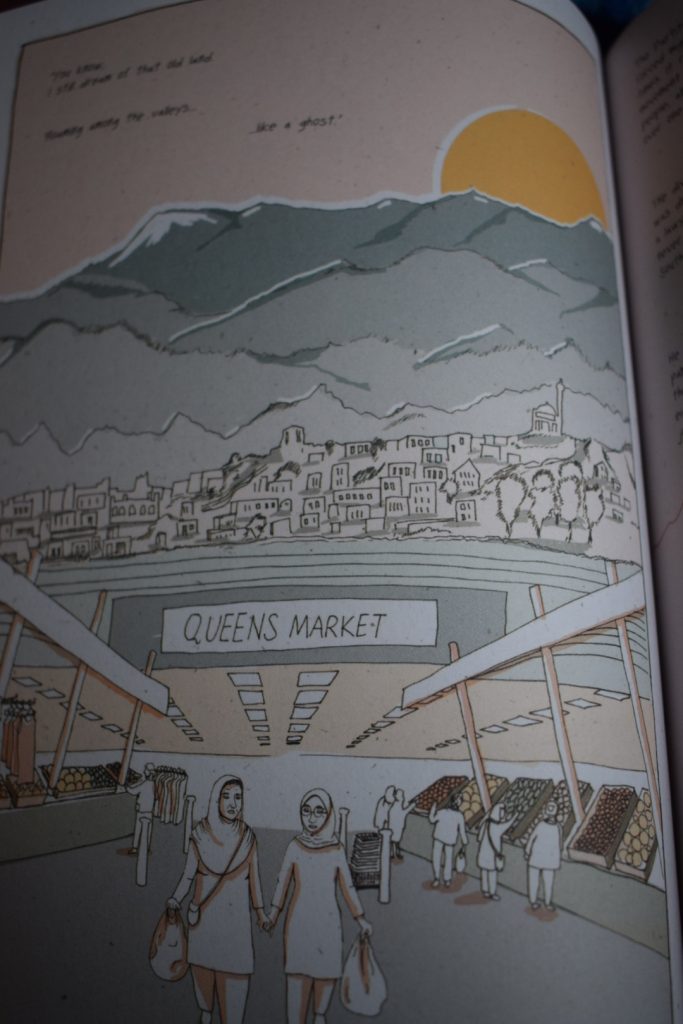
Sabba shows her family, her mother who she had a close relationship with, sharing a bed with her, first wearing a scarf just because she wanted to be like her, feeling protected by the hem of her shalwar kameez when her father flew into a furious rage. As an adult, Sabba experiences a crisis of faith, in Christianity this is often referred to as the long dark night of the soul. She begins to question Islam and stops practicing her faith which includes removing her headscarf which until this point had been a part of her identity.
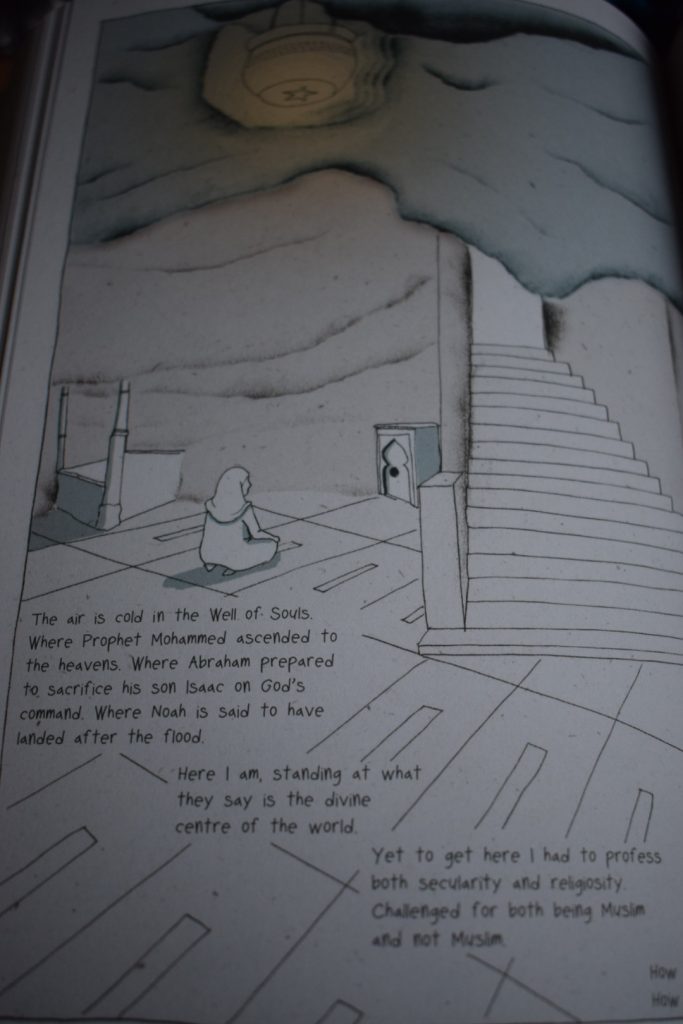
Travelling with her class in the second year of her architecture degree, they have come to see a contested place. In the airport, they take Sabba and question why she a Muslim is coming to Tel Aviv, for hours she is questioned, she wonders if it is the passport photo in which she is wearing her hijab, the stamps in her passport from trips to Saudi Arabia and Pakistan, her brown skin or perhaps all of the above that has made the airport security view her as a threat. Later in the trip she visits the Masjid Al-Aqsa and is first told she cannot come in because only Muslims are permitted entry. She recites a prayer, I loved this illustration because the words of the prayer dance across the sky and she is allowed to enter. I am continuously fascinated by sacred places but as a non Muslim, I will probably never enter the dome of the rock, I loved seeing Sabba’s drawings all the more, how big the Mosque is and how small she appears in comparison. She goes down the steps to the “Well of Souls” this is where the Prophet Mohamed (pbuh) is believed to have ascended into heaven from, the divine centre of the world, the very place Muslims believe that Noah arrived after the great flood. This was so beautiful to me, Sabba who’s family had to leave Pakistan because of a great flood, now finds herself in the same place Noah and his family found themselves.
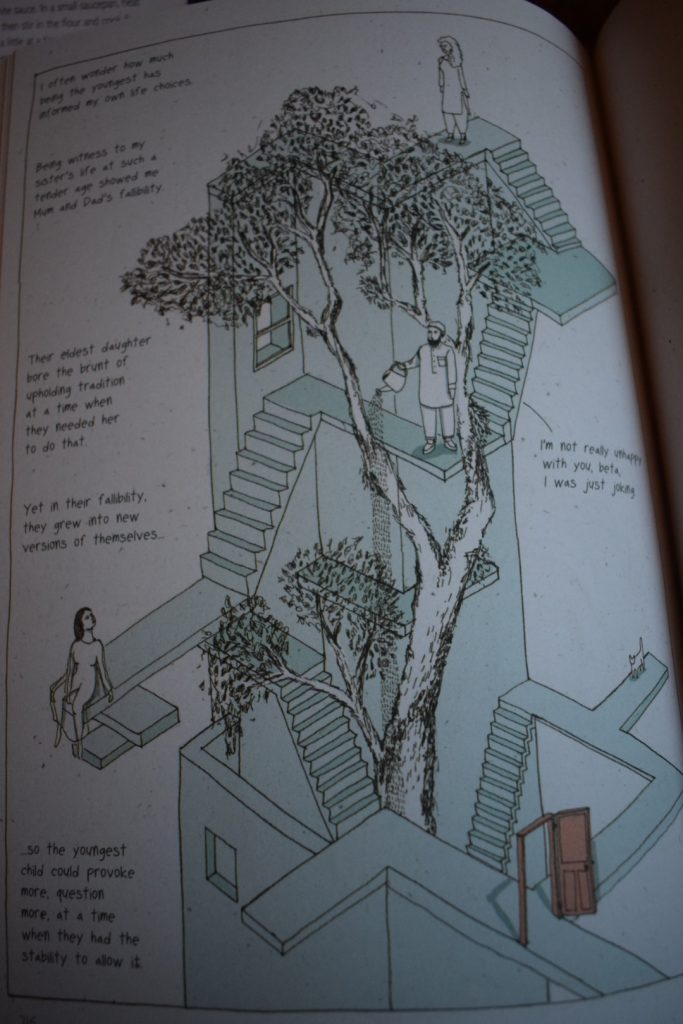

I hoped she would return to her faith, or find a love that was also Muslim and together they could define a new Islam that worked for them, this is how I wrote the story in my mind. Alas, it’s not my story, it’s Sabba’s story, she ends up with an athiest white boy. This is the only part of the story that kind of annoyed me, Sabba tells him about how when she was a child she was in the car with her family when someone shouted a racial slur at them and spat at her. A week after hearing this story apparently the boyfriend experiences a similar situation of someone spitting at him and calling him white trash and I just thought to myself the fact the boyfriend is even bringing this up is just, besides the point completely!
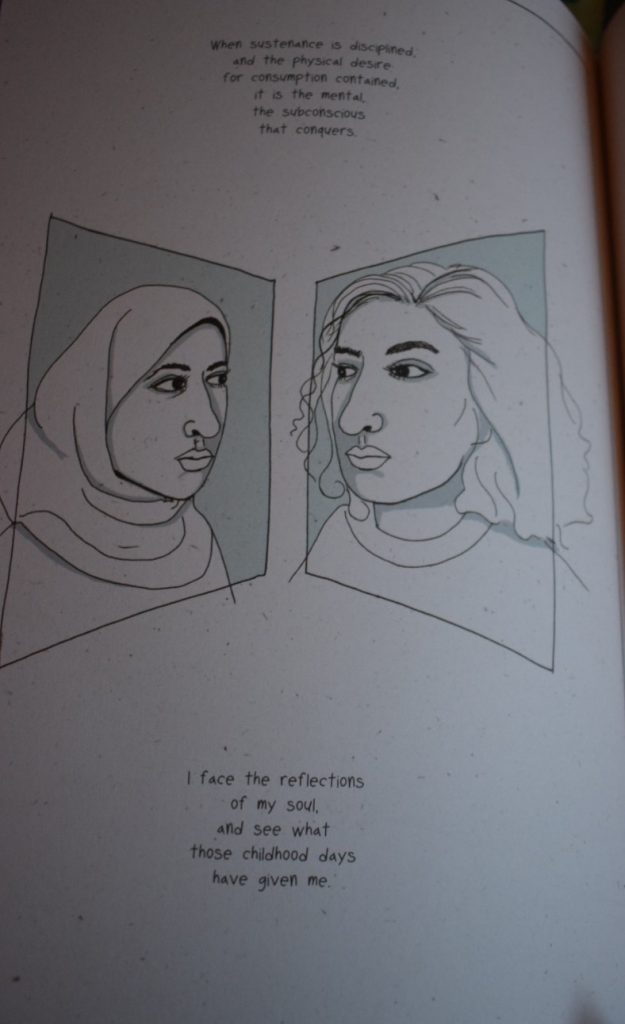
This book is a family history it speaks to immigration, generational trauma, religion, art, love, but perhaps more than anything it’s about the notion of, home. The first home we ever have is with our mothers and this feels like a love letter to Sabba’s mum. It’s also clear that their relationship hasn’t always been an easy one which makes the ending all the more poignant.



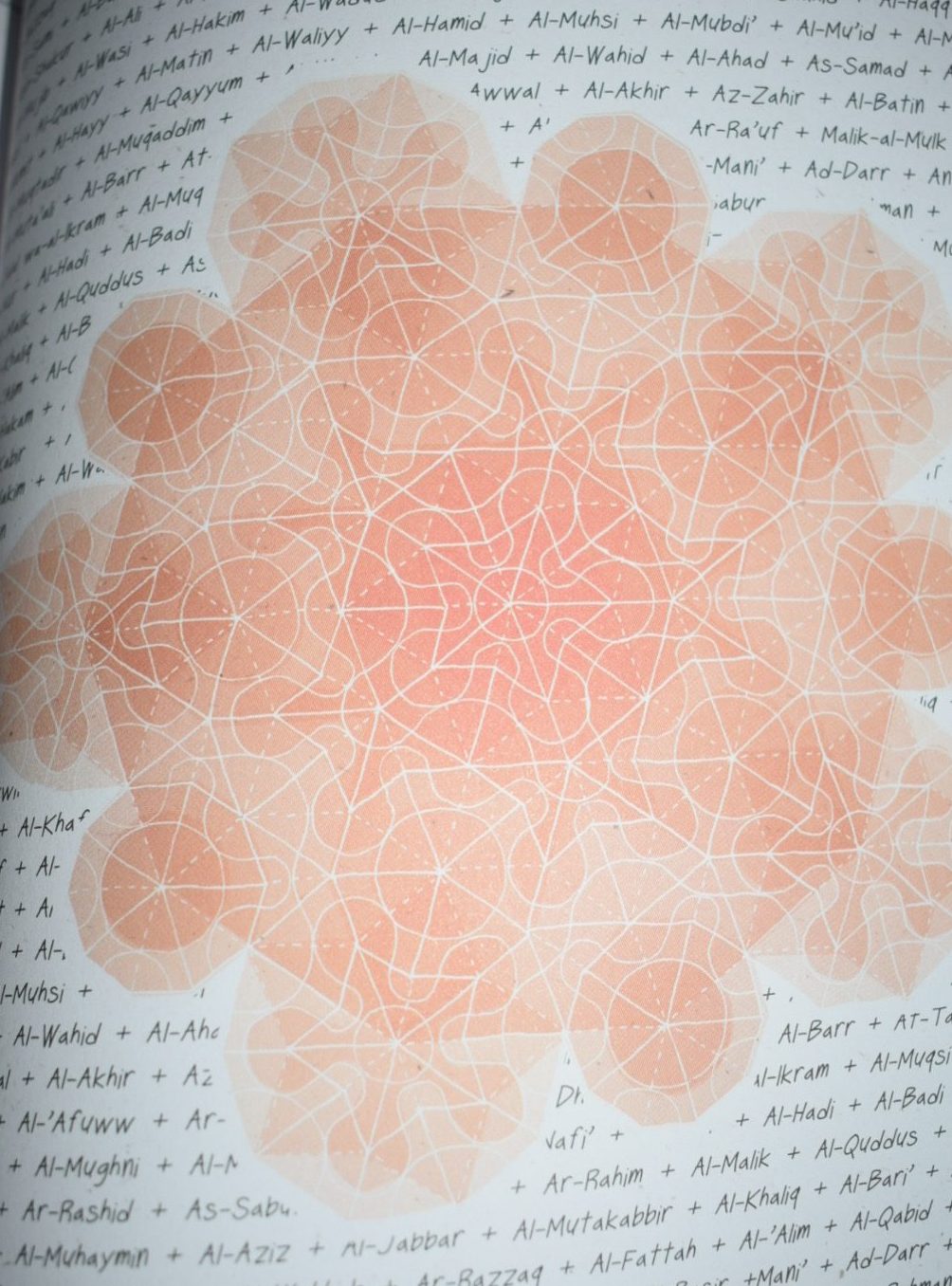
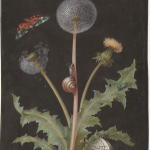
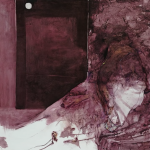

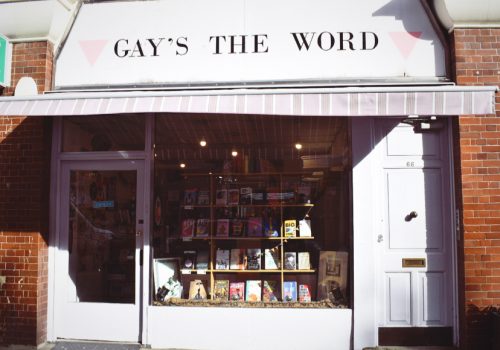


Leave a Reply